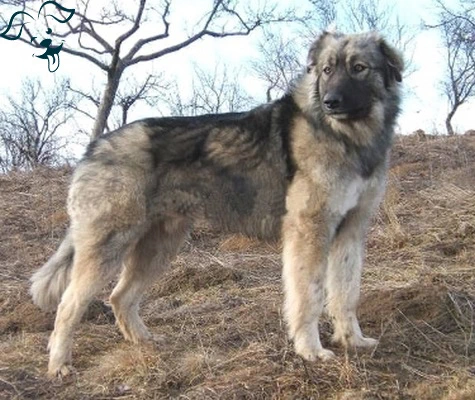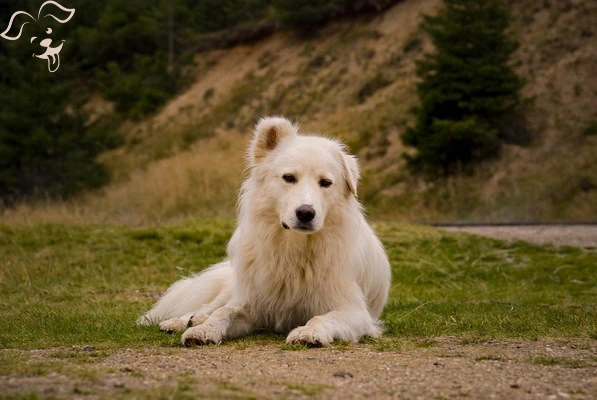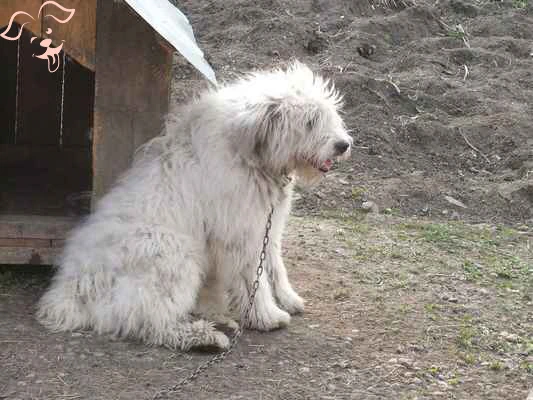CARING WITH FAMILY
|
| The degree of affection showcased by a breed towards family members or individuals they know well can significantly vary. While certain breeds may adopt a reserved attitude towards everyone outside their owner, others warmly embrace everyone they are acquainted with, considering them their best friend. |
LOVE WITH CHILDREN
Unwise
Good With Children
|
| When considering a dog breed, it's important to assess their level of tolerance and patience towards children's behavior and their overall friendliness towards families. It is crucial to remember that dogs should always be supervised when in the presence of young children or children of any age who have limited experience with dogs. |
BEHAVIOR WITH DOGS
Unwise
Good With Other Dogs
|
| When it comes to a breed's general friendliness towards other dogs, it's important to remember that dogs should always be supervised during interactions and introductions with their fellow canines. However, it should be noted that certain breeds tend to have a natural inclination to get along well with other dogs, whether it's within the home environment or in public settings. |
SHEDDING LEVELS & MANAGEMENT
No Shedding
Hair Everywhere
|
| It's important to consider the amount of fur and hair a specific breed is expected to leave behind. Breeds that shed heavily will require more frequent brushing have a higher likelihood of triggering certain allergies and will likely necessitate more regular vacuuming and lint-rolling to maintain cleanliness. |
COAT GROOMING STANDARDS
|
| When evaluating a breed, it's crucial to factor in the frequency of bathing, brushing, trimming and other forms of coat maintenance required. It's essential to consider the amount of time, patience and budget you have available for this particular aspect of care. Additionally, keep in mind that all breeds necessitate regular nail trimming. |
DROOLING INTENSITY
Less Likely to Drool
Always Have a Towel
|
| It's worth considering how prone a breed is to drooling. If you happen to be someone who values cleanliness, dogs that tend to leave trails of slobber on your arm or create large wet spots on your clothes might not be the most suitable choice for you. |
COAT STYLES GUIDE |
| Double |
| COAT SPECTRUM |
| Short |
FRIENDLINESS
Reserved
Everyone Is My Best Friend
|
| It's important to assess how welcoming a breed is towards strangers. Certain breeds may display reserved or cautious behavior around unfamiliar individuals, regardless of the environment. On the other hand, there are breeds that are generally eager and happy to meet new people whenever the opportunity arises. |
LIVELINESS
Only When You Want To Play
Non-Stop
|
| It's worth considering how enthusiastic a breed is about play, even beyond the puppy stage. Certain breeds will maintain their desire to play tug-of-war or fetch well into their adult years, while others will be content to relax on the couch with you most of the time. Understanding a breed's inclination towards play is important to match their activity levels with your lifestyle and preferences. |
VIGILANCE INTENSITY
What's Mine Is Yours
Vigilant
|
| It is essential to consider a breed's tendency to alert you when strangers are present. Some breeds are more likely to react to any potential threat be it the mailman or a squirrel outside the window. These breeds are inclined to warm up to strangers who enter the house and are accepted by their family. |
ADAPTATION CAPACITY
Lives For Routine
Highly Adaptable
|
| It's important to assess how well a breed handles change, including adjustments in living conditions, noise levels, weather, daily routines and other variations in day-to-day life. Some breeds are more adaptable and can easily acclimate to new circumstances, while others may be more sensitive and find it challenging to deal with change. Considering a breed's flexibility can help ensure a better fit between their needs and your lifestyle. |
OBEDIENCE LEVEL
Self-Willed
Eager to Please
|
| It's crucial to consider how easy it will be to train your dog and their willingness to learn new things. Certain breeds are highly motivated to please their owners and are eager learners, while others may have a more independent nature preferring to do as they please, when and wherever they want. Understanding a breed's inclination towards training can help you choose a dog that aligns with your training preferences and goals. |
STAMINA LEVEL
|
| It's important to consider the amount of exercise and mental stimulation a breed requires. High energy breeds are always ready for action and enthusiastic about embarking on new adventures. They thrive on activities such as running, jumping and playing needing regular exercise throughout the day. On the other hand, low energy breeds tend to be more laid-back and content with lounging around and enjoying some quality snooze time. Understanding a breed's energy level can help you match their exercise needs with your own lifestyle and availability. |
VOCALIZATION
|
| Medium |
LEARNING CURIOSITY LEVEL
Happy to Lounge
Needs a Job or Activity
|
| It's crucial to consider the amount of mental stimulation a breed needs to remain happy and healthy. Purpose-bred dogs, especially those with jobs that involve decision-making, problem-solving, concentration and other mental qualities, require sufficient brain exercise to thrive. Without adequate mental stimulation, these dogs may create their own activities to keep their minds occupied, which may not align with the projects their owners would prefer. Providing the necessary mental stimulation for a breed is essential to prevent boredom and the development of undesirable behaviors. |
| COLORS |
|
Description
|
Registration Code
|
|
Sable
|
164
|
|
Wolfgray & Black
|
228
|
|
| PATTERNS |
|
Description
|
Registration Code
|
|
White Markings
|
014
|
|






























FRIENDLINESS
LIVELINESS
VIGILANCE INTENSITY
ADAPTATION CAPACITY